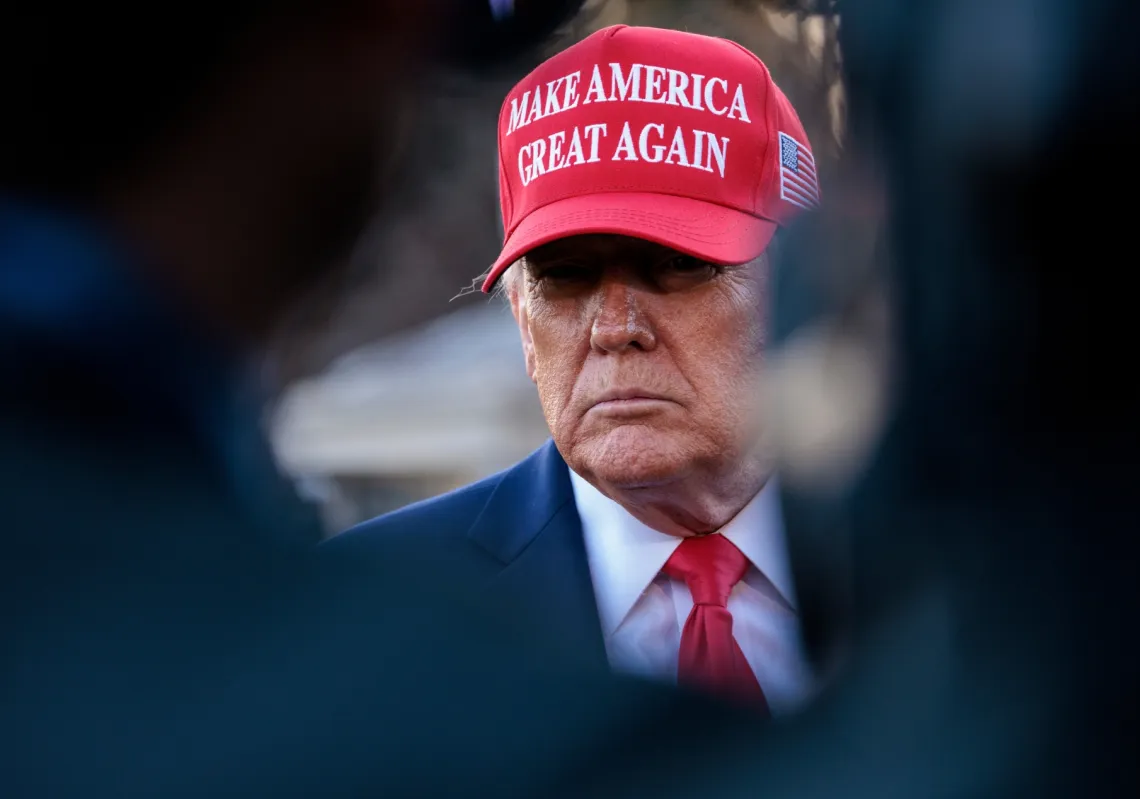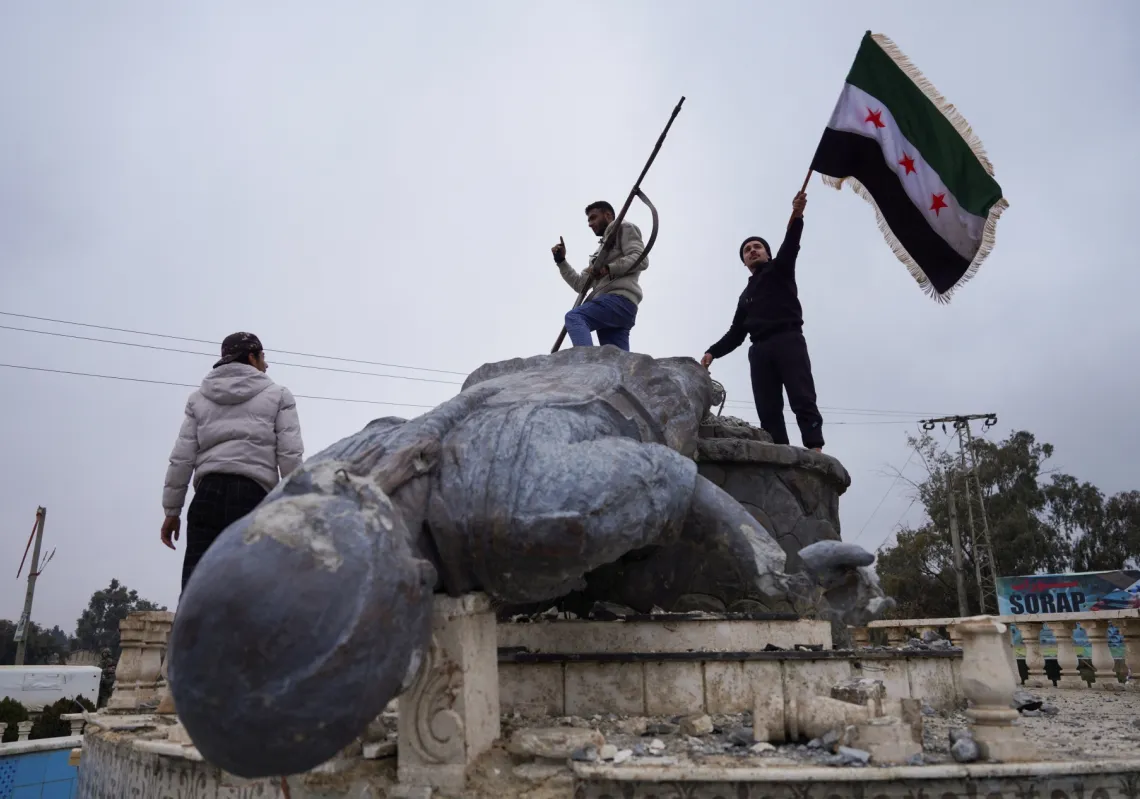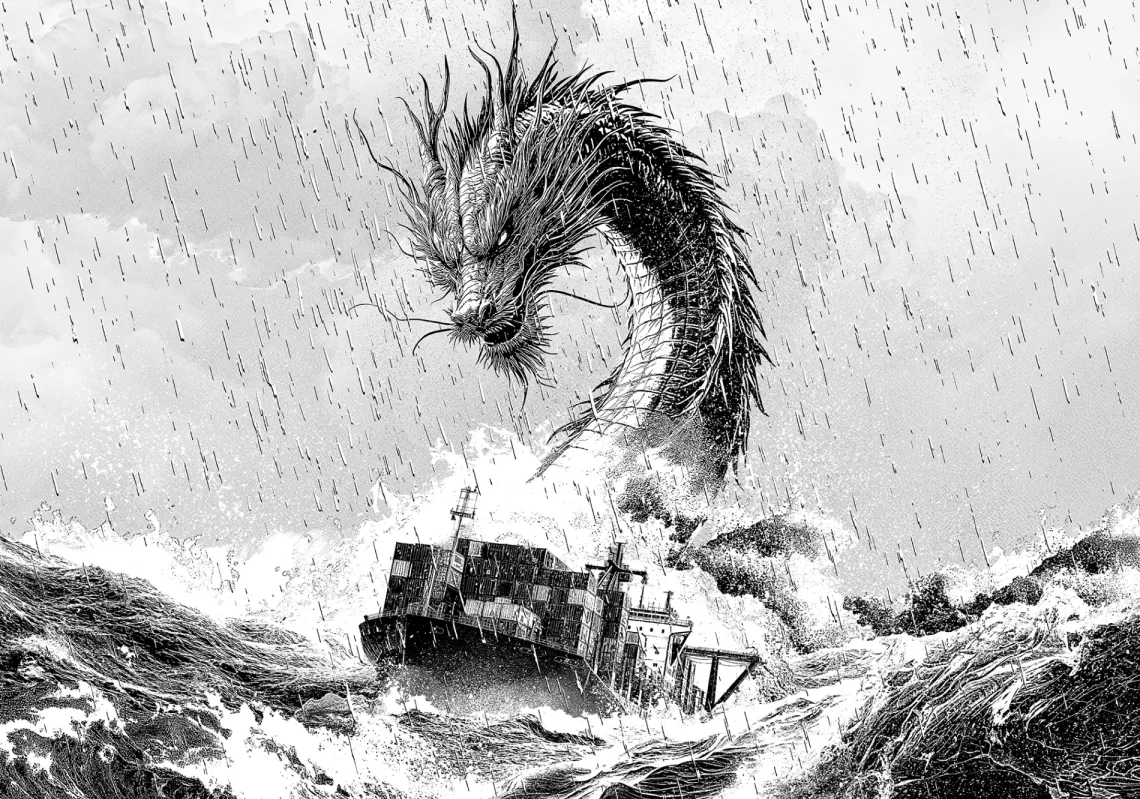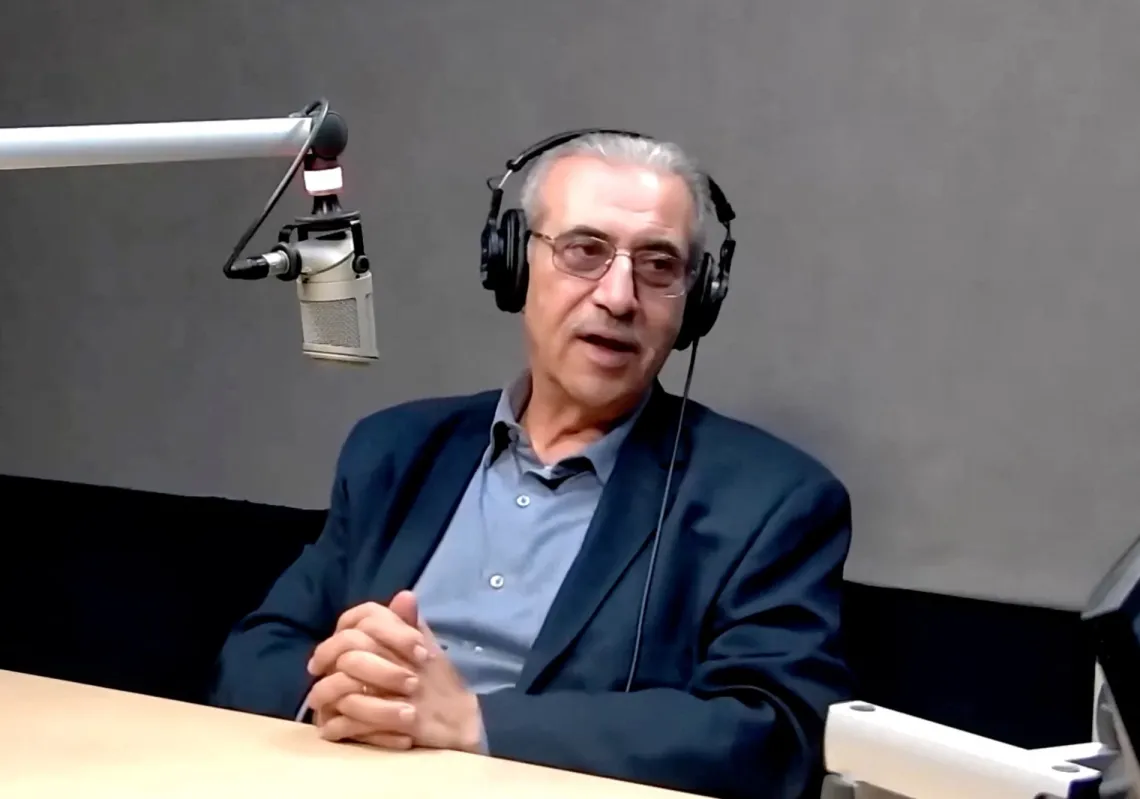 Donkey painted by Marwa Adel. (CARAVAN)[/caption]On August 30, St. Paul's Cathedral in London inaugurated an exhibition of life-sized donkey sculptures painted by the Egyptian and Western artists. The donkeys were first exhibited in May 2013 at the Anglican Church of St. John the Baptist in Cairo, followed by other venues in the city: the Mashrabiya, Picasso and Al-Masar galleries, various hotel lobbies, and the British Council and Community Services Association. In Cairo, the exhibition was part of the CARAVAN Festival, an annual event promoting interfaith dialogue.
Donkey painted by Marwa Adel. (CARAVAN)[/caption]On August 30, St. Paul's Cathedral in London inaugurated an exhibition of life-sized donkey sculptures painted by the Egyptian and Western artists. The donkeys were first exhibited in May 2013 at the Anglican Church of St. John the Baptist in Cairo, followed by other venues in the city: the Mashrabiya, Picasso and Al-Masar galleries, various hotel lobbies, and the British Council and Community Services Association. In Cairo, the exhibition was part of the CARAVAN Festival, an annual event promoting interfaith dialogue.
In the exhibition's official press release, the Reverend Paul-Gordon Chandler, pastor of Cairo’s Episcopal Church of St. John the Baptist from 2003 to June 2013 and founder of CARAVAN, says: “Believing that the arts can be one of the most effective mediums of building bridges of understanding, respect and friendship between East and West, their creed and cultures, the exhibition seeks to communicate the important message of tolerance between Christians and Muslims living together in peace and with compassion, a message that comes ‘out of Egypt’ for the world."

In Cairo, the exhibition, consisting of forty-five large and forty-five small donkeys, was met with a great success and several donkeys were sold. In the London exhibition, twenty-five donkeys are on display, among them twenty-three painted by Egyptian artists.
Reda Abdel-Rahman, who co-curated and assisted with execution of the exhibition, explained to The Majalla: "CARAVAN usually presents works of Egyptian artists, as well as creators from the Arab and international arena living in Egypt. Usually concentrating on photography and paintings, this year, for the first time, the festival introduced a 3D medium."
Abdel-Rahman sculpted all the donkeys on display. He then invited forty-five artists to use the animals as canvases for their artistic explorations. Three months after the artists received the sculptures, the installation opened in Cairo to reveal a vibrant tale of Egypt, its people and their longings. "We invited thirty Egyptian and fifteen foreign artists to put their creative ideas on the donkeys. For the Egyptian team the selection was tighter than usual, underlining only the most accomplished creators."
As such the exhibition included renowned names such as Georges Bahgoury, Mohamed Abla, Adel Tharwat, Ahmed El-Kut, Ahmed Kassim, Carelle Homsy, Khaled Hafiz, Mohamed Talaat, Anne-Francoise Giraud from France, and Claire Marie Pearman from the UK.
"The Cairo exhibition took place in a very important moment, when the sectarianism and religion-based polarizations started emerging with a great force. The importance of bringing the growing gaps between the religions and cultures seemed more important than ever," explains Abdel-Rahman. He adds that using sculpted life-size animals as canvases is not a new idea; however, in Egypt, using donkeys carries a meaning that is symbolic of the country's long history. Donkeys have been represented in a variety of ways over the histories of ancient, Coptic and Islamic Egypt.
"The donkey also combines several contemporary meanings. In Egypt, the word “donkey,” homar, is used in a pejorative meaning, as an insult, while in reality they are very hardworking animals, often abused by their owners. Equally, if we look at the timing of the exhibition in Cairo, we'll notice many metaphorical connotations, references to one year of former president Mohamed Mursi and the Muslim Brotherhood in power. People were exhausted; they turned into donkeys who had to work very hard to deal with the drastically deteriorating life quality."
Abdel-Rahman painted two donkeys himself. The larger of the two bears the face of the deposed president Mursi, while the back of the animal is covered with representations of people who died during the revolution. Calling his project "Renaissance Donkey," Abdel-Rahman mocks the much promised and never delivered “progress” under the rule of Mursi and the Muslim Brotherhood.
Karim Abdel Malak is one of the young artists who participated in the exhibition. He painted a complicated set of clock gears to address how Egyptians are being choked by the daily burdens and painful routines. "Donkeys become like machines; people become like machines, living spirits who turn into gears," Abdel-Malak says, alluding to a Kafkaesque reality.
Internationally renowned Egyptian painter and caricaturist Georges Bahgoury prefers to clear the animal from the negative connotations that it carries in Egyptian culture. In his work, he paints the donkey as a friend of a fallah (farmer). "Too often we tend to misinterpret this kind animal," Bahgoury explains to The Majalla, referring to his work depicting small children covering the donkey’s body. "Donkey represents dedication. It is one of the integral elements of the Egyptian farmer families' life. Children ride donkeys in the rural areas, play with them, while their fathers take the animal to help them in the fields or in transporting the goods. Donkeys assist and help people. The exhibition is a wonderful opportunity to address many misconceptions that we create about this animal."
While Bahgoury aims to address misconceptions, for another artist, Marwa Adel, the animal is an opportunity to look back into her childhood years. The 3D surface is a new experience for Adel, who over the past few years has positioned herself as one of the most sought-after young Egyptian artists, working predominantly in conceptual photography. As if to hide from today's everyday hardships, Adel uses a large donkey to evoke her childhood years. "I reached to all the drawings I kept since I was a child. There was a flower, a smiling face, a leaf, an angel. . . . They all represent years filled with joy and hopes," Adel explains. On her small donkey, Adel presented stars and zodiac signs, attempting to evoke a sense of peace and tranquility.
Whether the donkeys look into the artists' past, contemplate Egypt's present, or deliver messages for the future, all of them aim at transcending the issues that sometimes arise between cultures and religions. Donkeys not only carry a message of peace and interfaith dialogue, they also become an important window into Egypt's creative world and the many meanings the artists wish to relay about their country. Under the current political circumstances, the donkeys exhibited in London today are even more poignant than when they were first created and displayed in Cairo.
"CARAVAN: In Peace and with Compassion" will run until September 23 at St. Paul's Cathedral in London. Afterwards, it will go to Sotheby's auction, and a portion of the profits will be donated to charity.








